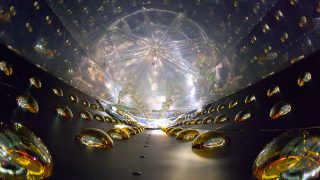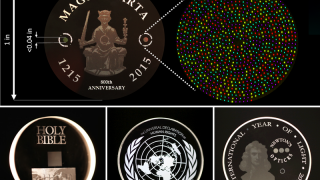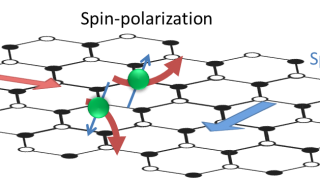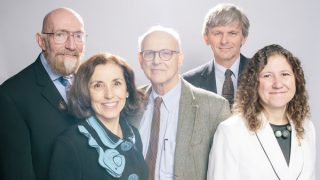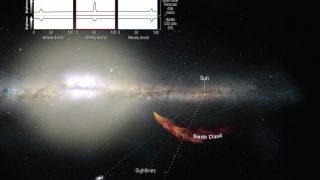
Getting to know Rett syndrome #RareDiseaseDay
Today February 29th is celebrated worldwide the Rare Disease Day. This year’ slogan is “Join us in making the voice of rare diseases heard”. So this is my small contribution to such campaign, essential nowadays to increase support to all the people suffering those disorders and to their families. Because rare is the disorder but […]
